1. Permanent facilities for the construction and operation of the pipeline,
2. Priority Areas related to land required for construction purposes
There will also be both permanent and temporary access roads to the various facilities. The land acquisition process complies with National legislative requirements and the relevant International Financing Standards (IFS) captured in the Equator Principles (EP) IV and the Performance Standards (PS) of the International Finance Corporation (IFC).
Under the Host Government Agreements, it is set out that whilst EACOP is responsible for the execution of the land acquisition process including all administrative costs and payment of compensation, the land will be owned by the Host Governments and leased back to EACOP. These leases will be for 66 years for the permanent facilities and 5 years for the Priority Areas.
The overall pipeline route has been designed to minimize environmental and social impacts, but some physical displacement (loss of shelter) and economic displacement (full or partial loss of livelihoods) for communities is unavoidable. Individuals and households are affected to varying degrees by these impacts.
Summary statistics are tabulated below (PAPs = Project Affected Persons, broadly corresponding to households but also extending to institutions, community property etc).
A Resettlement Policy Framework (Tanzania) and ten Resettlement Action Plans (RAPs) have been developed for the Project – one RAP for the entire 296km Uganda section, and 9 RAPs for the 1147km Tanzanian section comprising of one RAP for the Priority Areas in Tanzania and eight RAPs for each of the Regions with permanent facilities.
These key documents describe the land required for the Project, the land acquisition process undertaken, the communities and households affected, the entitlements and eligibility of people for different types of compensation, vulnerable people affected by land acquisition, in-kind compensation options including replacement housing, transitional support, and livelihood restoration programmes as well as the implementation and monitoring plans.
The initial land delineation and asset surveys were undertaken, valuation reports developed and then approved by the appropriate Authorities in the period 2018-2020.
Due to slippage in the timing of the final investment decision, there was a waiting period between this survey phase – known as RAP planning – and passing into the actual land acquisition phase – known as RAP Implementation.
During this waiting period, EACOP maintained a dialogue with PAPs informing them to continue to farm their land and take care of their trees and structures as usual (link to document showing this communication). Moreover, since PAPs had not had their compensation entitlements explained to them, signed their compensation agreements, or received their compensation, no PAPs were requested to leave their land.
Actual signing of compensation agreements and payment of compensation commenced
The way that cash compensation is calculated is not identical between the two countries, but broadly consists of the following elements resulting in full replacement value being paid;
PAPs have access to a Grievance Mechanism
EACOP has assisted PAPs to open bank accounts with their spouses and provide them with financial literacy training. These accounts are operated free of charge. Compensation is currently being paid to those households that have signed their compensation agreement. Given the time elapsed since the initial valuation, compensation values have been uplifted to reflect full replacement value at the time when compensation is being paid.
After payment of compensation and closer to the time when land access is needed, EACOP will issue the household with a notice to vacate. During this period, EACOP supports the household to harvest crops, salvage any materials and vacate the land.
Once households leave their land, EACOP starts providing eligible households with additional in kind compensation including transitional support (food baskets) and livelihood restoration programmes.
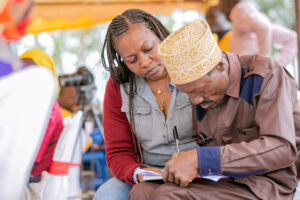
Physically displaced PAPs are encouraged to choose replacement houses rather than cash compensation. These choices were made in both Uganda and Tanzania starting in 2021 and the first half of 2022. Almost 90% of eligible PAPs have elected for replacement houses.
EACOP engaged with affected households during the design of replacement houses by national architects. The size of the replacement houses is equal to or larger than the existing structure; the houses are built to a higher standard compared to existing structures and align with national guidelines and requirements. In addition to houses, external kitchens and ventilated improved pit latrines are also built. Houses are equipped with a solar panel and rainwater water harvesting & storage systems.
Housing designs and options are fully disclosed to enable affected households to make an informed choice between replacement houses or cash compensation. Households are involved in the design of the layout of the replacement housing and ancillary structures on their plots prior to the start of construction.
Construction of replacement houses is ongoing and will be completed prior to these households receiving notice to vacate their land. The general objective consistent with best practice is that the PAPs move directly to their new permanent home; temporary housing may be used in very specific circumstances.
Livelihood restoration programmes are accessible to eligible Project Affected Persons and their households. The types of Livelihood Programmes are described in the RAPs and adapted to local conditions and needs. There is a strong focus on support for agriculture, crop diversification, livestock management and enterprise development.
As an example, at the coating plant site in Tanzania, the first harvest for affected households was significantly increased following the training, support and inputs provided. Livelihood restoration programmes are expected to run for 2-3 years until households’ livelihoods are restored.
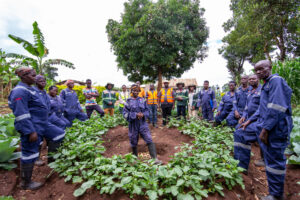
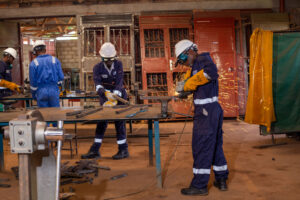
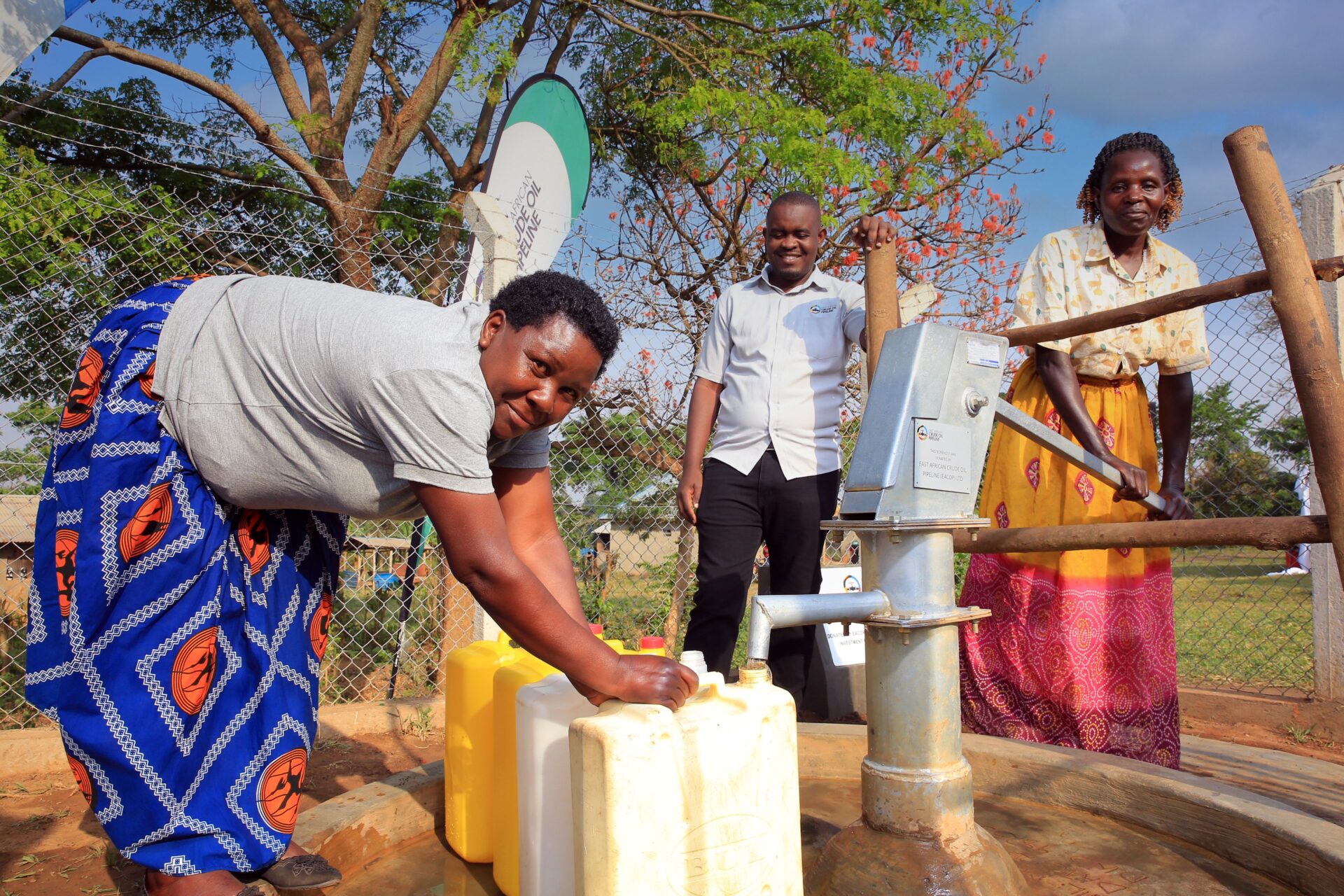

Kabajjo Memorial Junior School, situated in Sembabule District, Uganda, was affected by the East African Crude Oil Pipeline (EACOP) project’s Right of Way (ROW). In line with its Environmental and Social Impact Assessment (ESIA) commitments, EACOP collaborated with the school’s leadership to provide in-kind compensation. The school opted for the construction of a new, modern classroom block to replace the affected structure.
The new facilities were completed and handed over by November 2024, offering an enhanced learning environment for students. This initiative underscores EACOP’s commitment to responsible project implementation and positive community engagement. The improved infrastructure not only addressed the project’s impact but also contributed to the school’s academic achievements and bolstered the community’s confidence in the educational system.
© 2025 East African Crude Pipeline – All Rights Reserved
Course View Towers,
Plot 21, Yusuf Lule Road
P. O. Box 135596,
Kampala, Uganda
Tel: +256 (0) 204 916 000,
Toll Free: 0800 216 000
Email: [email protected]
18th Floor, 10 Upper Bank Street, London, United Kingdom E14 5BF
Msasani Penninsula,
Plot no. 1403
Bains Avenue off Chole Road.
P. O. Box 23139,
Dar es Salaam, Tanzania
Email: [email protected]